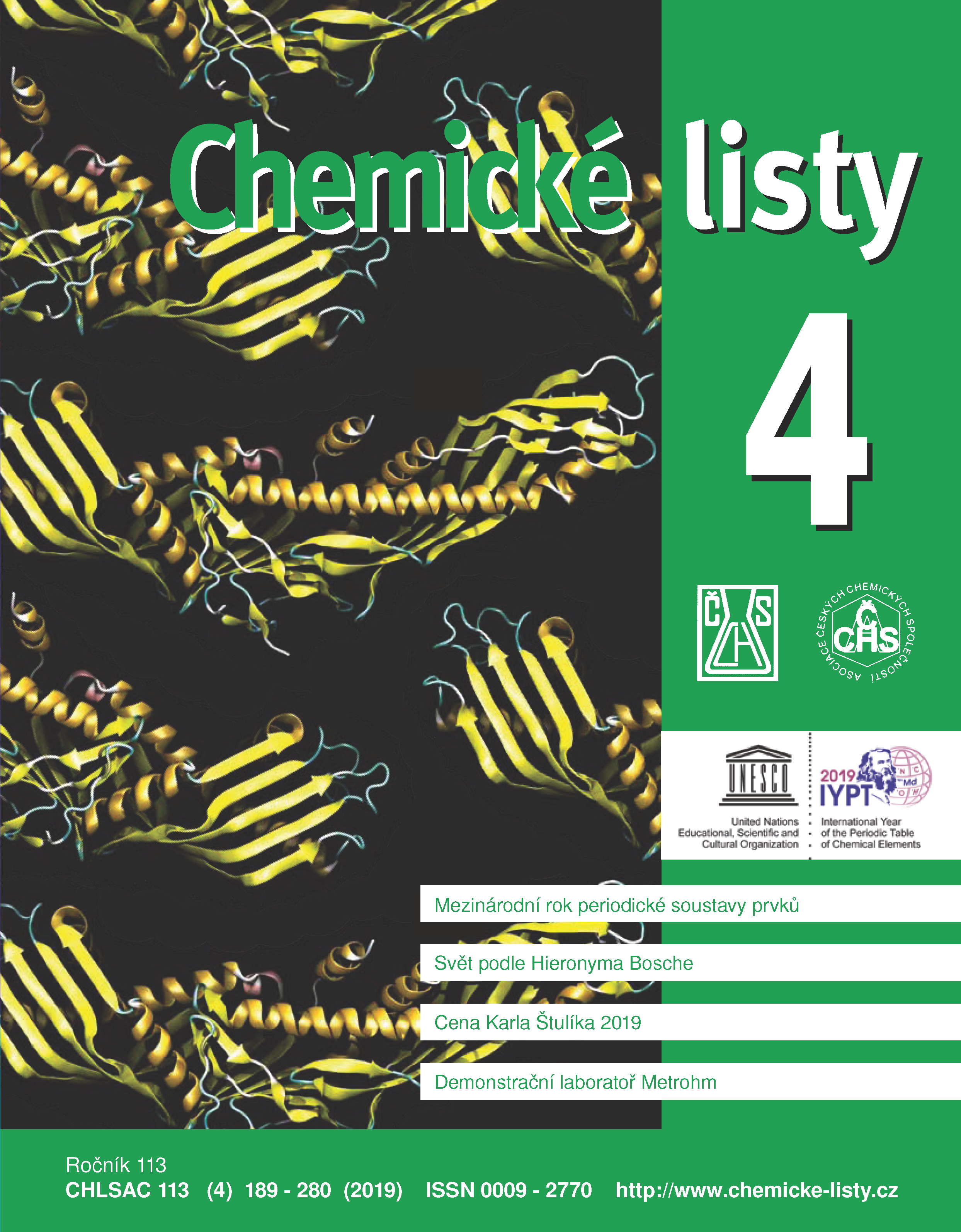The Limits of the Periodic Table
Keywords:
periodic table of elements, relativistic effects, history of chemistry, higher oxidation states, exotic atomsAbstract
In this work, we briefly discuss the boundaries of the periodic table: where it begins and where it ends. Uranium was for a long time considered as a natural end of the periodic table. We discuss this aspect in the first part of the manuscript. We then address a question whether the periodic table has some "end", i.e. whether arbitrarily heavy elements can be experimentally prepared up at least in principle. In the second part, we devote to "elements", which were supposedly lighter than hydrogen. Next, we discuss exotic atoms, which are not composed of electrons and nuclei made of protons and neutrons. We show that the 150-years old concept of the periodic table is still a living and evolving system.





